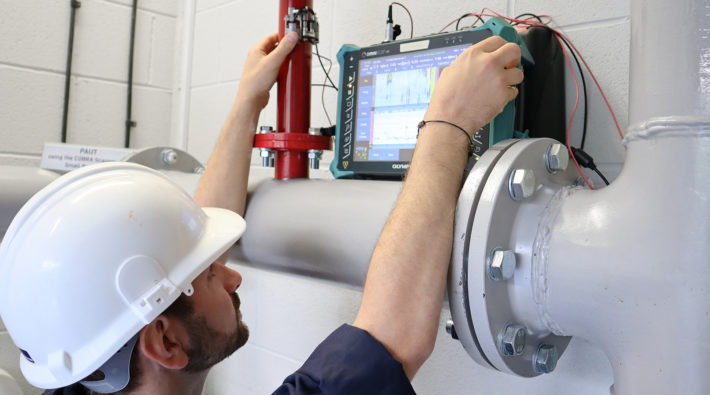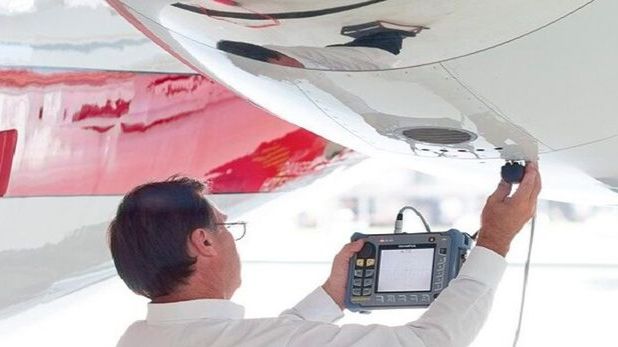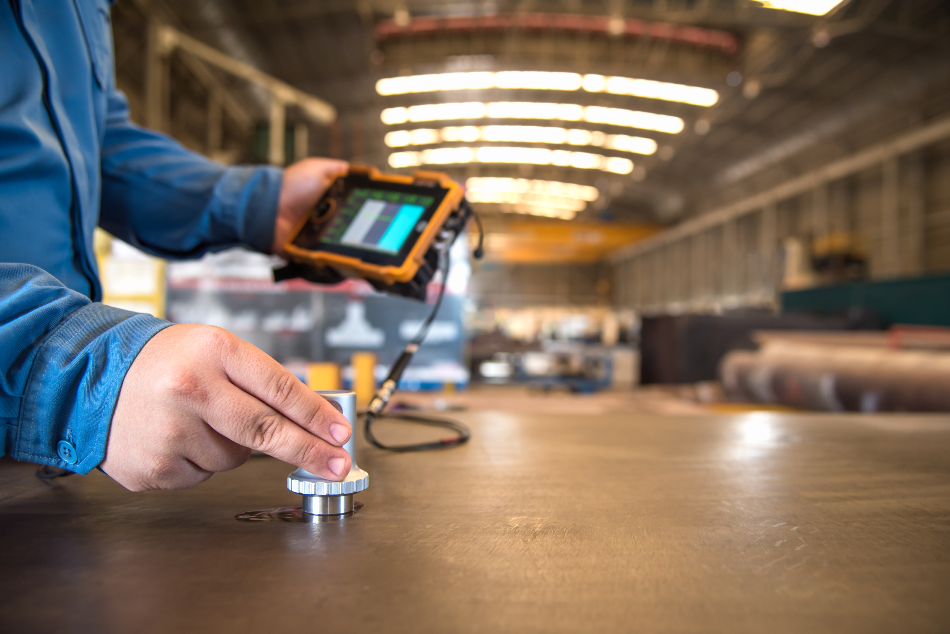In today’s rapidly evolving world of technology and industrial advancements, the synchronization of multiple cameras in inspection plays a pivotal role. This process is essential for ensuring the accuracy and efficiency of quality assurance in various industries. As technology continues to advance, the need for precise and synchronized camera systems becomes increasingly important.
The synchronization of multiple cameras in inspection is not just a technical requirement but a foundational aspect of modern industrial operations. By integrating multiple cameras, industries can achieve a comprehensive view of the inspection process, leading to enhanced accuracy and efficiency. This article delves into the importance of camera synchronization, its benefits, challenges, and future trends.

What is Camera Synchronization?
Camera synchronization involves aligning multiple cameras to capture images or videos in a coordinated manner. This process ensures that all cameras operate in harmony, capturing data simultaneously. Synchronization is crucial in various fields, such as manufacturing, automotive, and aerospace, where precise inspection is necessary.
Importance of Synchronization in Inspection
In industries where precision is paramount, the synchronization of multiple cameras ensures that every angle of an object is inspected simultaneously. This leads to more accurate defect detection, reducing the risk of faulty products reaching the market. For instance, in the automotive industry, synchronized cameras can inspect a vehicle’s body for defects, ensuring safety and quality.
Benefits of Using Multiple Cameras
Using multiple cameras in inspection offers numerous benefits. It provides a comprehensive view of the object being inspected, capturing details that a single camera might miss. This leads to improved accuracy and reliability in the inspection process.
Enhanced Coverage
One of the primary advantages of using multiple cameras is enhanced coverage. With cameras positioned at different angles, industries can ensure that every part of an object is inspected thoroughly. This is particularly beneficial in complex assemblies where hidden defects could otherwise go unnoticed.
Improved Accuracy
Multiple cameras working in unison provide a detailed and accurate representation of the object. This improved accuracy is crucial in industries where even minor defects can have significant consequences, such as in aerospace or medical device manufacturing.
Challenges in Synchronizing Multiple Cameras
While the benefits are clear, synchronizing multiple cameras is not without its challenges. Technical issues such as latency, calibration, and data processing can pose significant hurdles. Overcoming these challenges requires advanced technology and expertise.
Latency Issues
Latency is a common challenge in camera synchronization. Differences in the timing of image capture can lead to discrepancies in data, affecting the accuracy of the inspection. Advanced synchronization techniques and robust software solutions are required to address this issue.
Calibration Difficulties
Calibrating multiple cameras to work together seamlessly is another challenge. Each camera must be precisely aligned and configured to ensure accurate data capture. This requires meticulous planning and execution.
Technological Advances in Camera Synchronization
Recent advancements in technology have made it easier to synchronize multiple cameras. Innovations in software and hardware have streamlined the process, making it more efficient and reliable.
Advanced Software Solutions
Modern software solutions offer advanced features for synchronizing cameras. These solutions provide real-time data analysis and processing, ensuring that all cameras operate in harmony. For more insights on how synchronization improves inspection accuracy, visit our detailed guide.
Innovative Hardware Developments
In addition to software, advancements in hardware have also played a significant role in improving camera synchronization. High-speed cameras and advanced sensors ensure that data is captured accurately and efficiently.
Future Trends in Camera Synchronization
As technology continues to evolve, the future of camera synchronization looks promising. Emerging trends such as artificial intelligence (AI) and machine learning (ML) are set to revolutionize the field.
AI and Machine Learning
AI and ML technologies are being integrated into camera systems to enhance synchronization and data analysis. These technologies enable cameras to learn and adapt, improving accuracy and efficiency in inspections.
Integration with IoT
The Internet of Things (IoT) is another trend shaping the future of camera synchronization. By connecting cameras to a network of devices, industries can achieve real-time data exchange and analysis, further enhancing inspection processes. Explore our article on the role of frequency in predictive maintenance for more information.
Conclusion
In conclusion, the synchronization of multiple cameras in inspection is a critical component of modern industrial processes. It offers enhanced accuracy, comprehensive coverage, and improved efficiency, making it indispensable in quality assurance. As technology continues to advance, industries must embrace these innovations to stay competitive and ensure the highest standards of quality.

Frequently Asked Questions
What industries benefit from camera synchronization?
Industries such as automotive, aerospace, manufacturing, and medical devices benefit significantly from camera synchronization due to the need for precise inspections.
What are the main challenges in synchronizing multiple cameras?
The main challenges include latency issues, calibration difficulties, and data processing complexities. However, advancements in technology are helping to overcome these challenges.
How is AI impacting camera synchronization?
AI and machine learning are enhancing camera synchronization by improving data analysis and enabling cameras to learn and adapt, leading to more accurate inspections.
For more information on inspection frequency, visit key factors for determining inspection frequency.
This article contains affiliate links. We may earn a commission at no extra cost to you.
